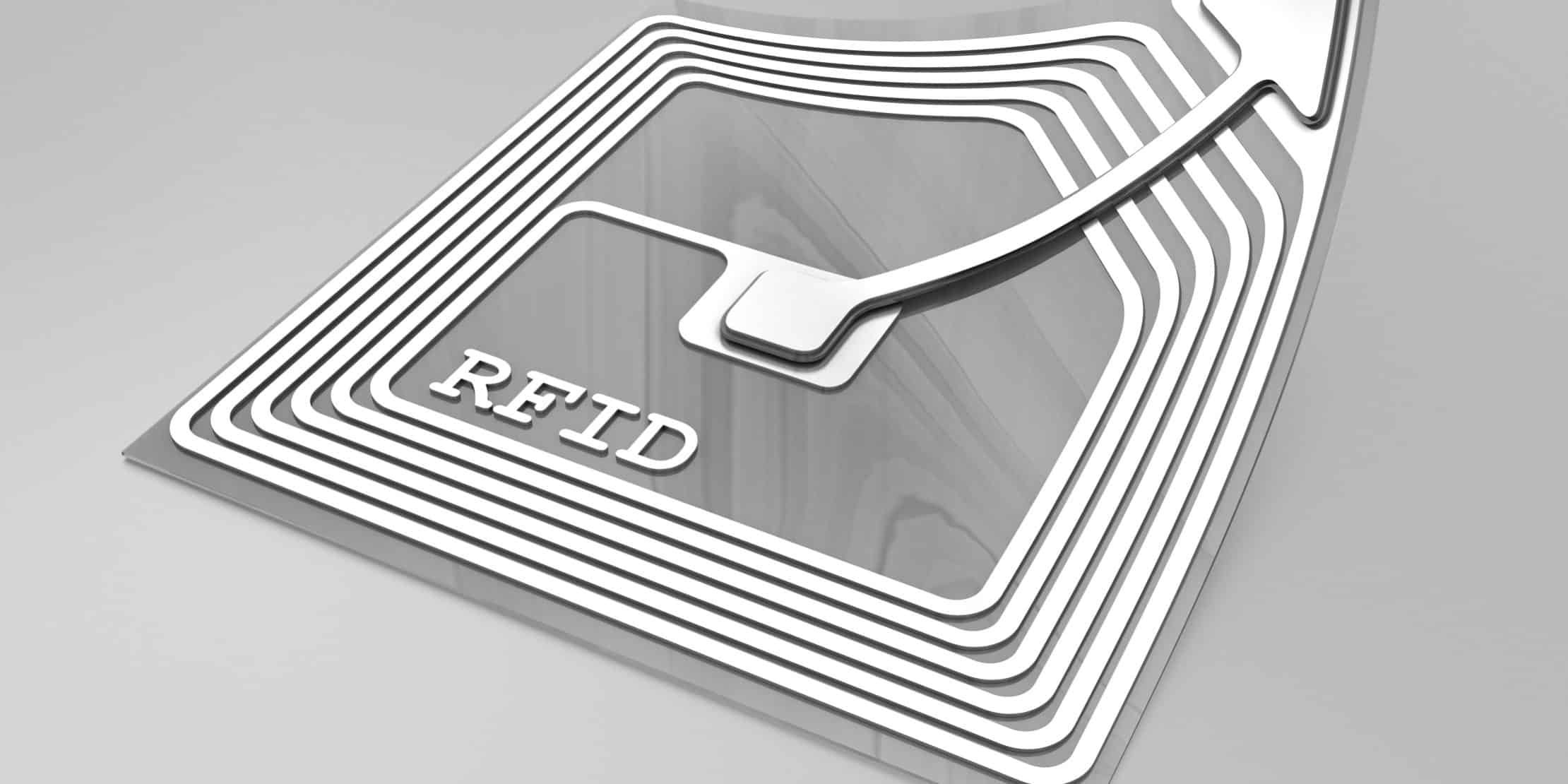The technology industry is thriving, and there’s no end in sight. For the food industry, regardless of which stage of food production you work in, you use technology to make tasks easier and standardized. Radio-Frequency Identification is one example that helps food industry workers tremendously.
RFID tags use electromagnetic fields to identify and store information about the object the tag is affixed to. Although the technology behind RFID tags have been around for quite some time, it is only now that RFID technology is gaining popularity in the food industry.
RFID tags are being used for food safety management, traceability, and inventory management to just name a few. Using this technology has revolutionized the food industry benefiting both consumers and business owners alike. Read on to see how.
IMAGE: PIXABAY
Temperature Control
Ensuring food safety is a top priority for food production teams for health purposes. Food safety guidelines help ensure consumers do not get sick from eating contaminated or rotten foods. So, you are probably wondering what can RFID tags do to help keep food safe for consumption. With RFID tags, food industry workers can monitor the temperature of foods.
For instance, take a look at the expiration date on a container of milk. RFID tags are placed on the milk containers to record the expiration date, the temperature, and other pertinent information. Then, suppliers track the temperature of the milk through the information collected from the tags. The milk’s temperature is tracked from the source, during shipment, and when it is delivered to the store.
Monitoring food temperatures using RFID tags is beneficial to consumers because it ensures that they are buying safe and quality products. It is also helpful to business owners (in this case, the supply chain) by continuously making improvements to their products and services through the information acquired using the technology.
Traceability
More and more, we see consumers demanding transparency regarding food sources and procedures. It makes sense as to why those putting the foods into their bodies would want to know where it came from and how it was handled. This is where RFID tags are also used in the food industry. As previously mentioned, RFID tags can store pertinent information about an object it is placed on.
Information like type, quantity, and origin are vital pieces of information to collect during a product’s life-cycle. For example, when an RFID tag is placed in specified containers for a particular product, anyone can scan an RFID reader to learn about the product’s history. It then begins collecting the information to be later accessed and utilized.
This information is particularly valuable, especially when tracing food waste. With a growing population and resources depleting, locating food sources is even more critical today to find solutions in preventing food waste. Thus, RFID tags are beneficial to the food industry and the world as a whole.
Inventory Management
Similar to the way food is tracked in its journey to restaurants and grocery stores, RFID tags can be utilized for inventory management. When a product has completed its journey from the supplier to a store or restaurant, scanning RFID tags can indicate that you have the product in stock. This then sends the message to your inventory management software, which you can check product levels at any time efficiently without having to take count manually.
If you’re not near the POS terminal, you can also use a reader to scan the RFID tag on a singular product to identify how much of that product is in inventory. RFID tags are an invaluable piece of technology for store and restaurant owners as it provides an automated solution to replenishing popular items and identify sources of food waste.
Personalized Nutrition
In today’s health-conscious society, business owners may struggle to keep up with the demand for specialized food products. Consumers equally struggle to find stores that offer them. RFID tags are used to help businesses and consumers with this struggle. For businesses, RFID tags are used to track consumer interest to create personalized nutritional products for customers. For consumers, RFID tags are beneficial to learn more about a specific product like its uses and its health benefits.
Additionally, consumers can use RFID tags to track their own consumption of certain products as well. There are several food journaling apps, like MyFitnessPal by UnderArmor, that allow users to scan RFID tags rather than typing each product label into the app. The tag stores all the nutrition facts needed for users to track their macros when dieting.
Customer Experience
In this fast-paced world, RFID tags are now being used in grocery stores across the world to improve customer experience. Thanks to RFID tags in inventory management and food traceability, shoppers have more information about their food available than ever before—along with the satisfaction of knowing where products are coming from and how they were handled.
The implementation of a small tag creates a more positive customer shopping experience due to quicker, seamless processes. Even further, Japan has a plan to automate all convince stores by 2025 with the use of microwave-safe RFID tags. They plan to implement the safe tags on all products so that the shopping process is even more streamlined.
A Final Thought
These are only five ways RFID tags are used in the food industry. Through the various examples, you can see how this technology has streamlined and improved functionalities in the sector. It benefits everyone involved in the industry from suppliers, business owners, to consumers, and even the world.
If you are interested in even more technology-related articles and information from us here at Bit Rebels, then we have a lot to choose from.


COMMENTS